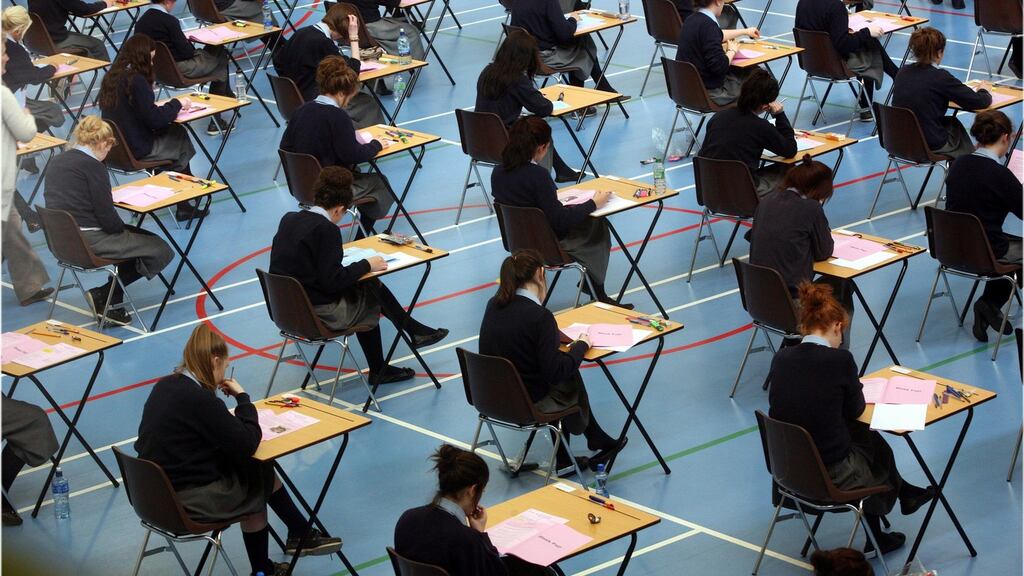Every year, there’s an enormous appetite for news about the Leaving Cert exams. During the exams, students, parents and teachers want to know whether the papers contained any curveballs or delights – and what everyone else thought about them.
Come results time, they want to know how the scripts were marked, whether the number of honours grades is up or down on previous years and how many students failed. Here’s the answer: the number of A grades, honours and fails tends to stay more or less the same from year to year.
In 2015, the ordinary level maths paper drew intense and sustained criticism from students, who said that it did not reflect what they had learned and was unreasonably difficult; their teachers tended to agree.
Adjusted
However, they were advised not to worry too much because the marking scheme would be adjusted to reflect the difficulty involved. And it was: compared to 2014, the failure rate actually fell.
The 2016 Leaving Cert had no major bumps. There were a few rumbles about the economics and French papers. The Latin papers were branded as almost impossible. And higher level maths paper two was described as one of the most daunting in years.
The State Examinations Commission, which is faced with the task of running the Leaving and Junior Cert, do not ignore these criticisms. Every year, all correcting examiners – generally teachers who are earning extra cash over the summer holidays – are obliged to attend a marking conference for their subject, held at the SEC headquarters in Athlone shortly after the exams draw to a close. By this stage, the SEC will have received emails from teachers, parents or students expressing concern about any questions that they perceived as unfair, unexpected or misleading.
No pre-test
In order to prevent details of the exams leaking, the SEC doesn’t pre-test the questions in any way; this means that, in some years, the papers will inevitably be harder while in others they will be easier.
While levels of attainment will change gradually over a long time, the SEC aims to keep grades for every subject reasonably consistent from year to year. This is in line with international norms.
An individual examiner may get scripts from four or five different schools. The SEC keeps a close eye on the national picture: if there are too many A grades, or too few, the examiners will be asked to go back and look again, while either the mathematical formula for marking the papers or the marking scheme itself will be adjusted.
It’s an enormous and complex operation but the result is a generally reliable and transparent system.
As for this year’s most controversial papers? The numbers of honours for Latin was down by 2.1 per cent, but that’s within the normal range and 94.2 per cent of candidates still secured an honour. Meanwhile, economics, French and maths honours were up by 0.7 per cent, 1.6 per cent and 0.6 per cent respectively.
Marking schemes are published shortly after the exam results are issued and before students view their scripts.
For more information see examinations.ie.










